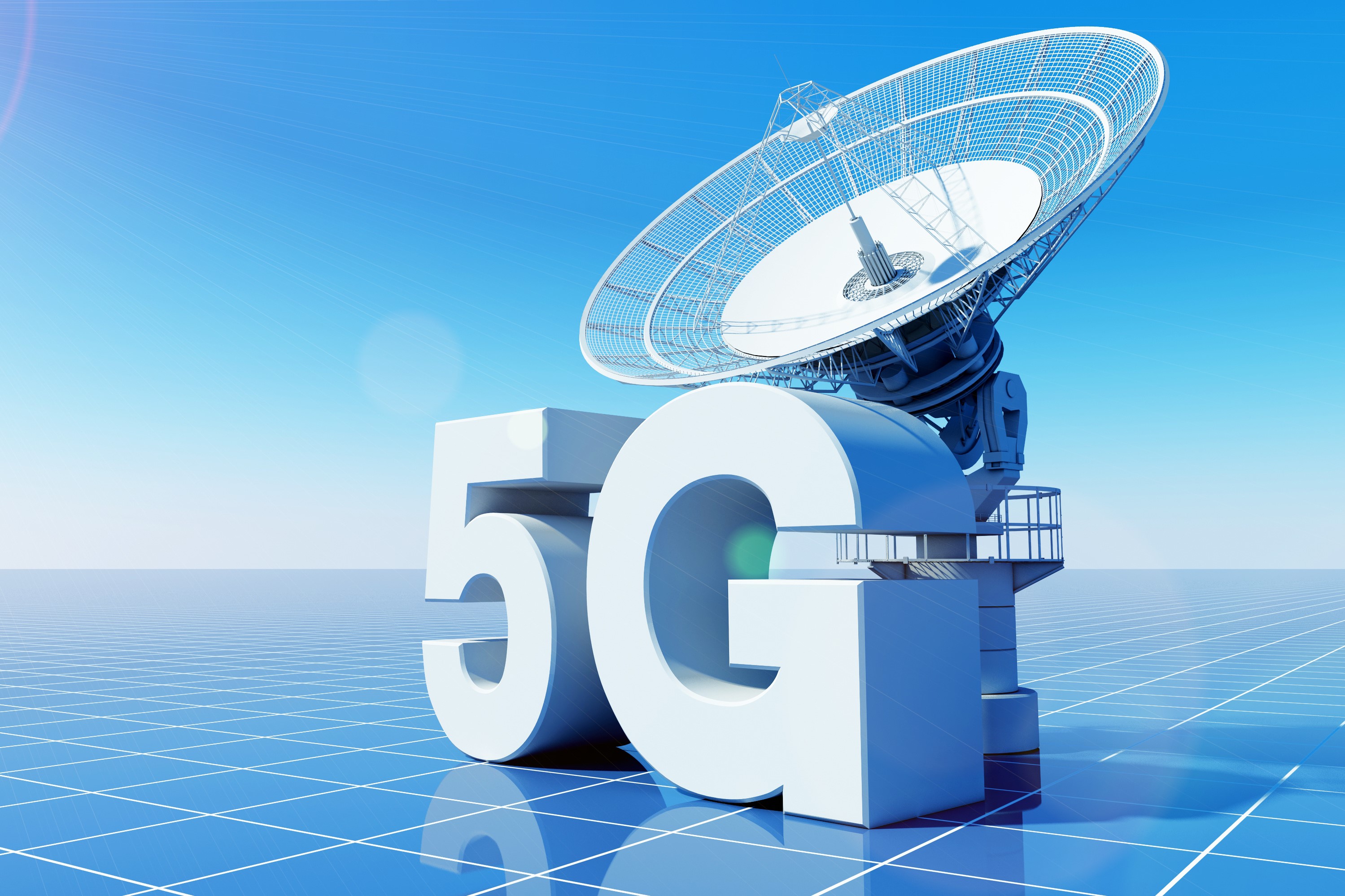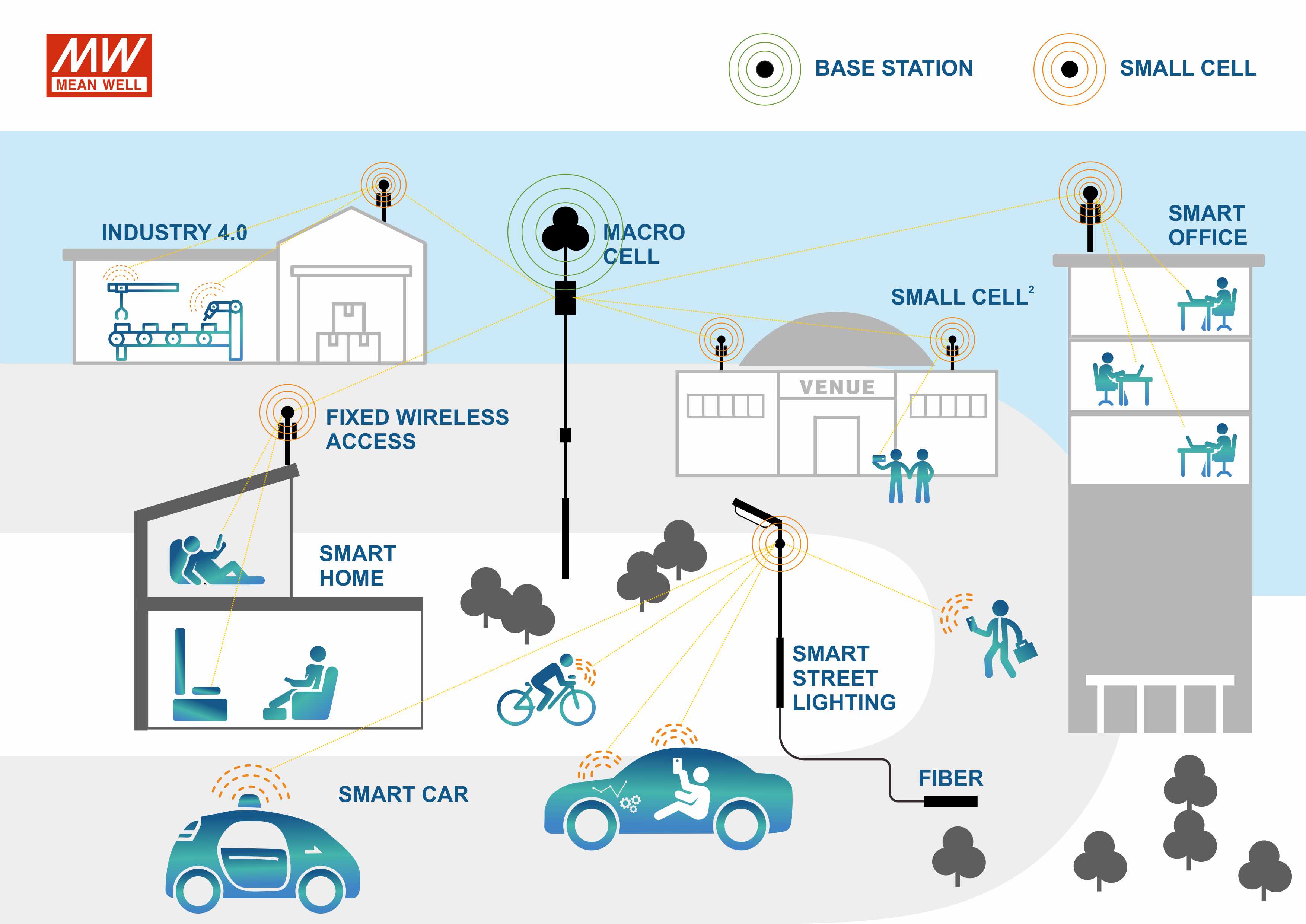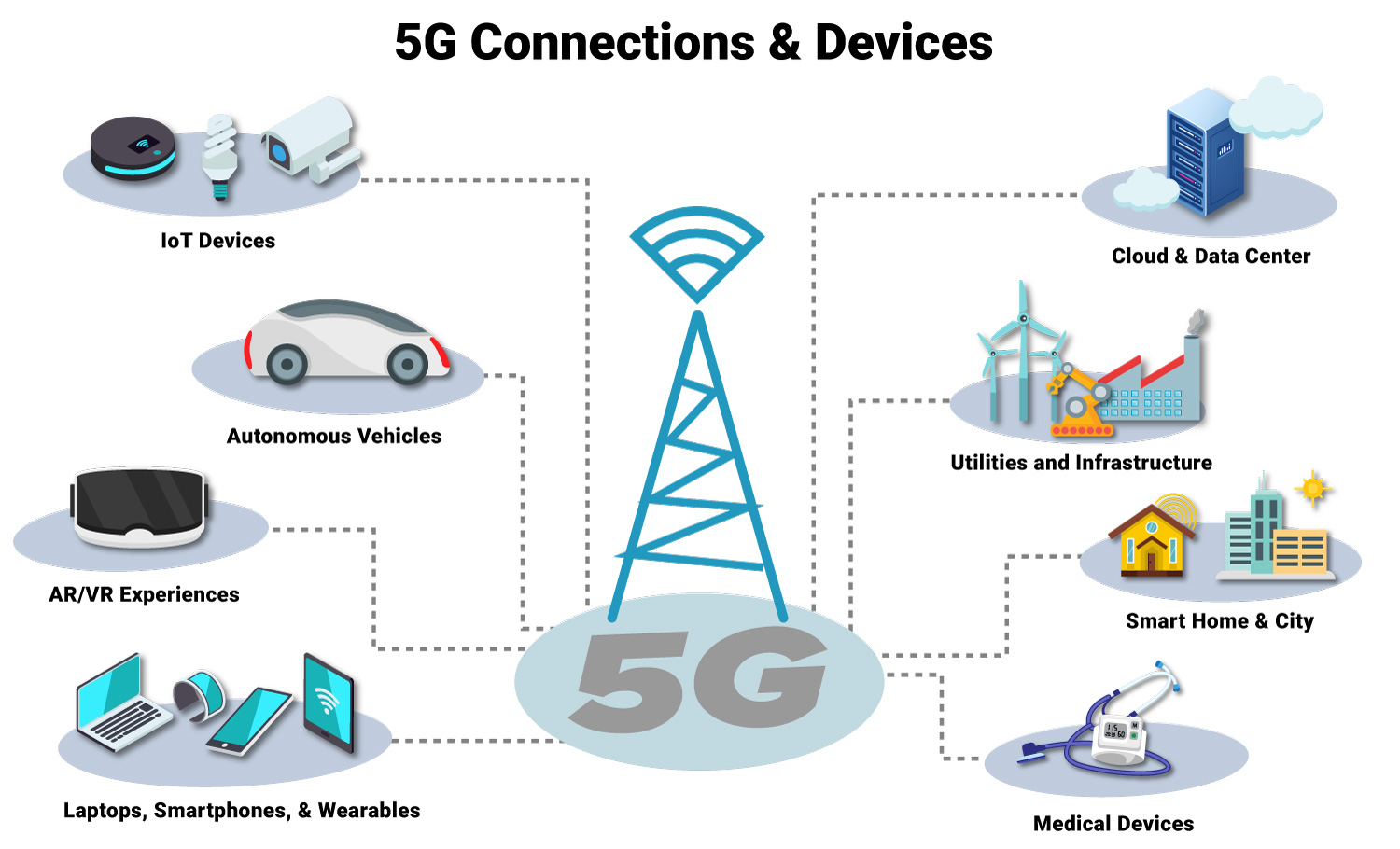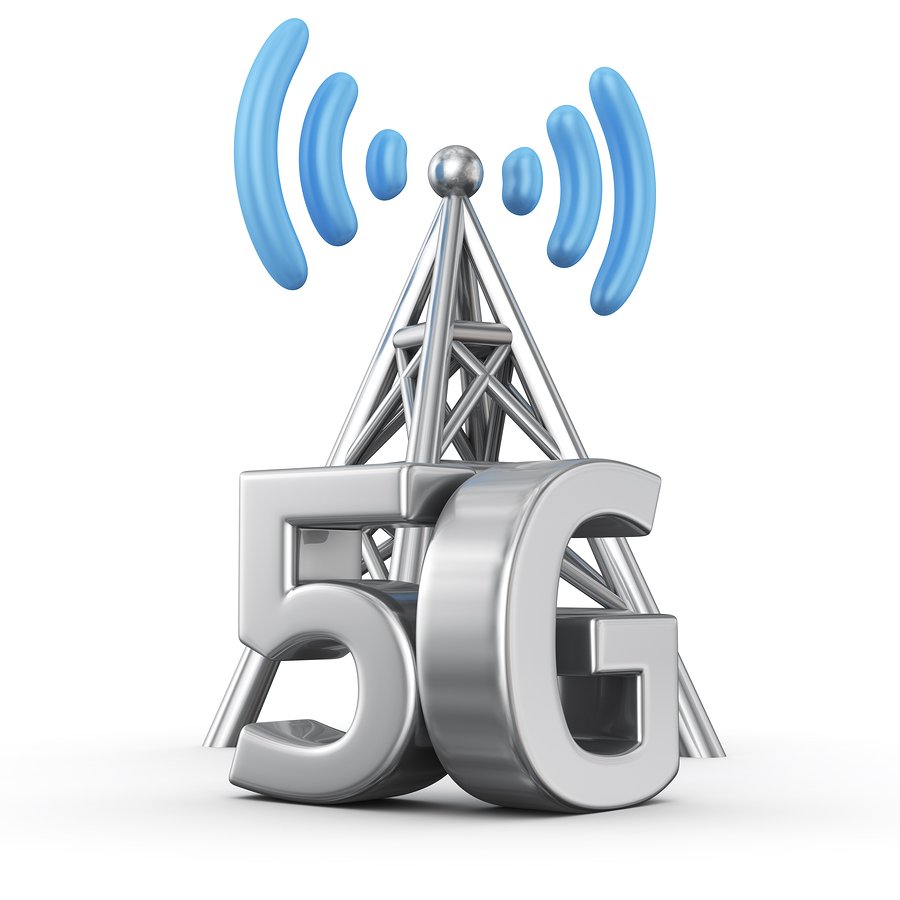5G is the fifth generation communication technology, mainly characterized by millimeter wavelength, ultra wideband, ultra-high speed, and ultra-low latency. 1G has achieved analog voice communication, and the eldest brother has no screen and can only make phone calls; 2G has achieved the digitization of voice communication, and the functional machine has a small screen that can send text messages; 3G has achieved multimedia communication beyond voice and images, making the screen larger for viewing images; 4G has achieved local high-speed internet access, and large screen smartphones can watch short videos, but the signal is good in urban areas and poor in rural areas. 1G~4G focuses on more convenient and efficient communication between people, while 5G will enable the interconnection of all things at any time, anywhere, allowing humans to dare to expect synchronous participation with all things on Earth through live streaming without time difference.
The arrival of the 5G era and the introduction of Massive MIMO technology have directly led to three trends in the development of 5G base station antennas:
1) The development of passive antennas towards active antennas;
2) Fiber optic replacement feeder;
3) The RRH (radio frequency remote head) and antenna are partially integrated.
With the continuous evolution of communication networks towards 5G, display antennas (multi antenna space division multiplexing), multi beam antennas (network densification), and multi band antennas (spectrum expansion) will become the main types of base station antenna development in the future.
With the arrival of 5G networks, the demands of major operators for mobile networks are constantly changing. In order to achieve full network coverage, more and more types of base station tuning antennas are widely used in the field of mobile communication. For the four frequency antenna, in order to achieve control of its electronic downward tilt angle, there are currently three main types of electrical adjustment control devices, including a combination of two built-in dual motor electrical adjustment controllers, a dual motor electrical adjustment controller with a transmission switching mechanism, and four built-in motor electrical adjustment controllers. It can be seen that no matter which device is used, it cannot be separated from the application of antenna motors.
The main structure of the base station electric tuning antenna motor is a motor reducer integrated machine composed of a transmission motor and a reduction gearbox, which has a deceleration adjustment function; The transmission motor provides output speed and low torque speed, and the gearbox is connected to the transmission motor to reduce the output speed of the transmission motor while increasing the torque, achieving the ideal transmission effect; The base station electric tuning antenna motor gearbox usually adopts customized motor gearbox technical parameters, power, and performance to better meet environmental factors such as environment, climate, temperature difference, and achieve ideal transmission effect and service life requirements.
Post time: Dec-01-2023








